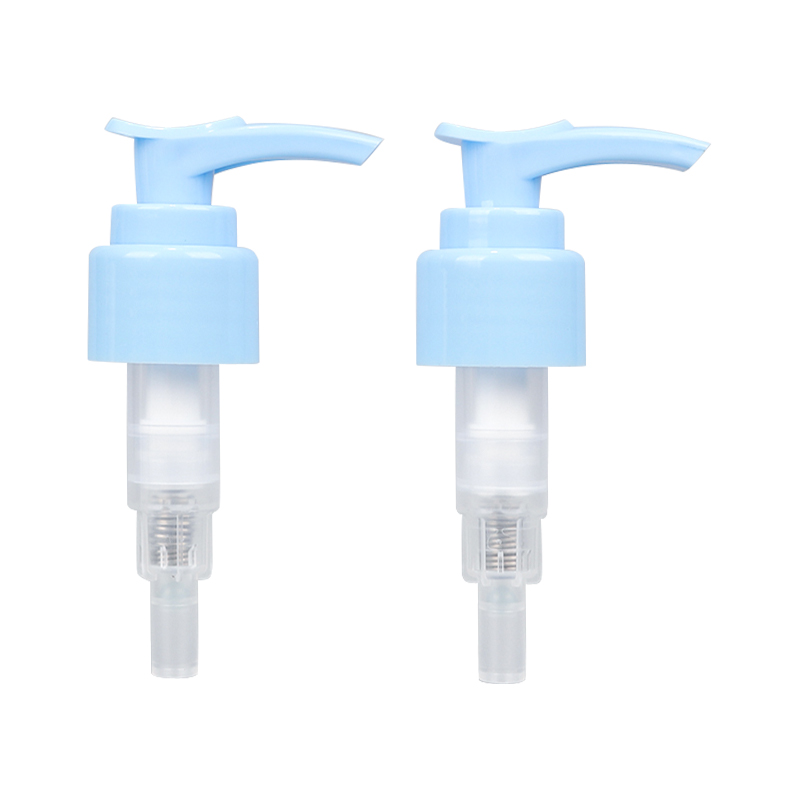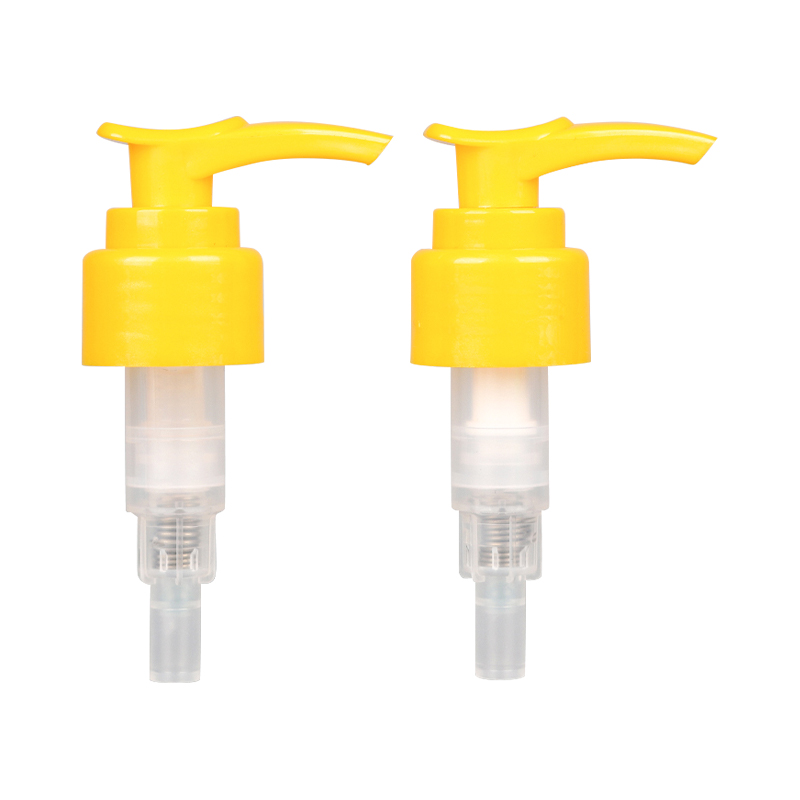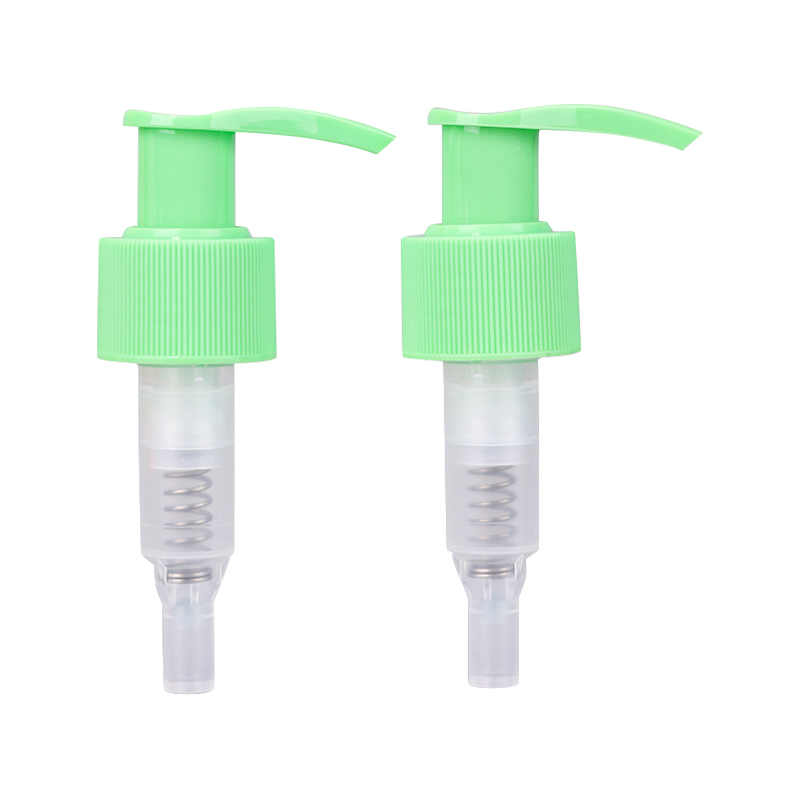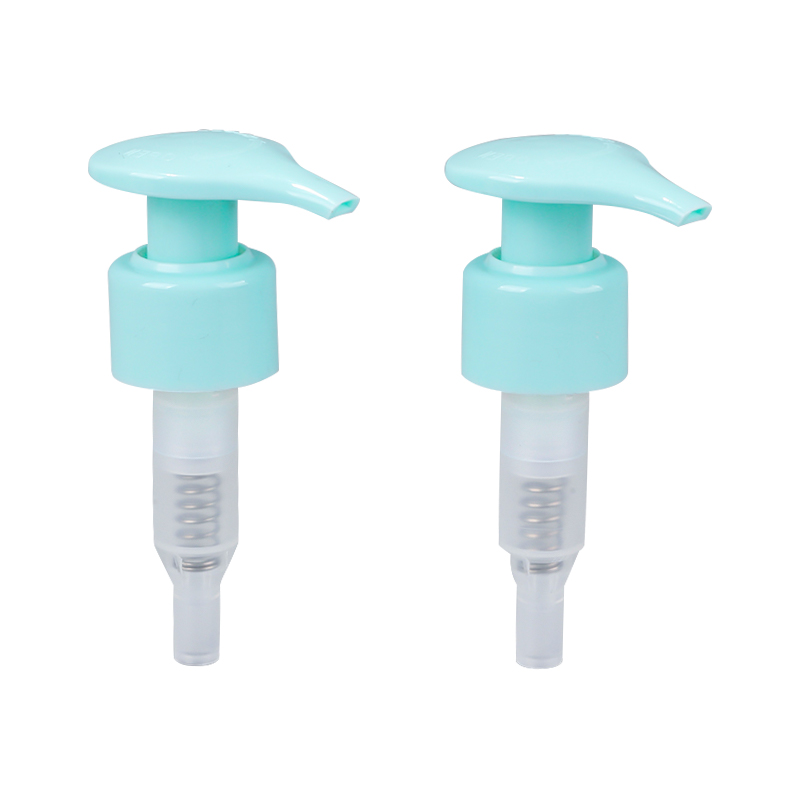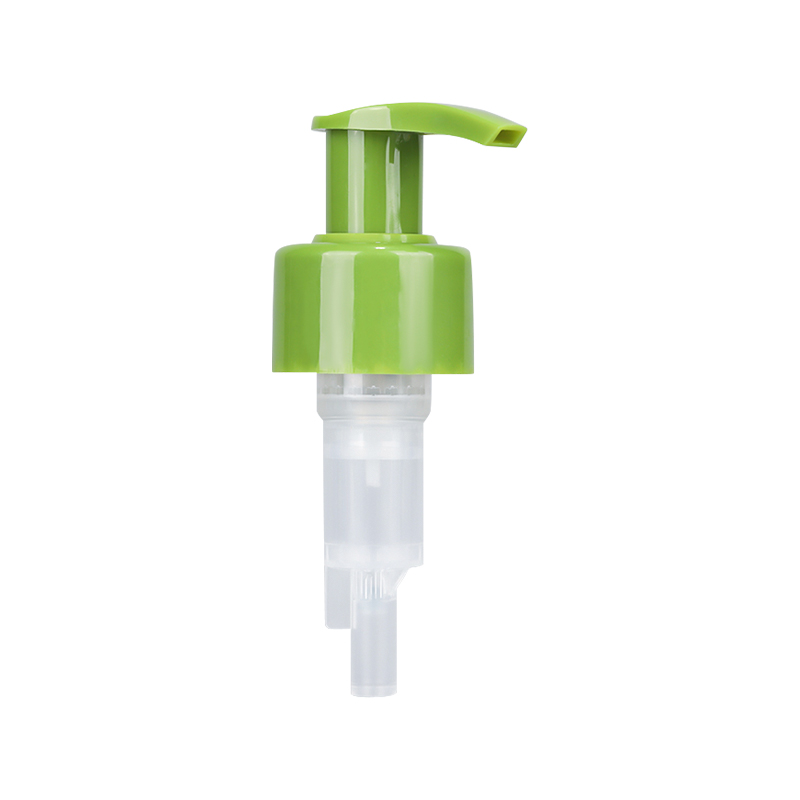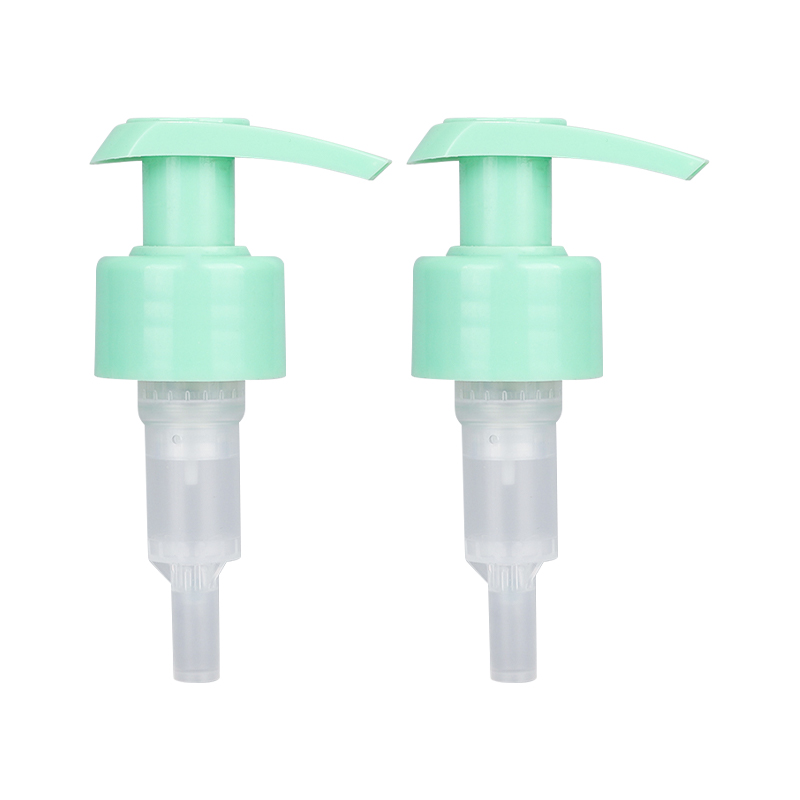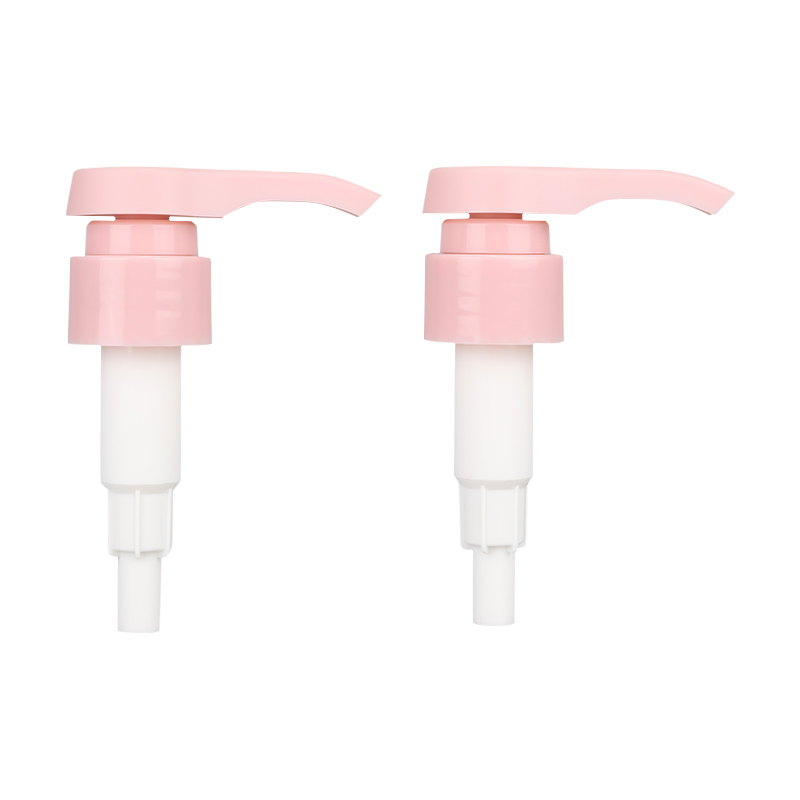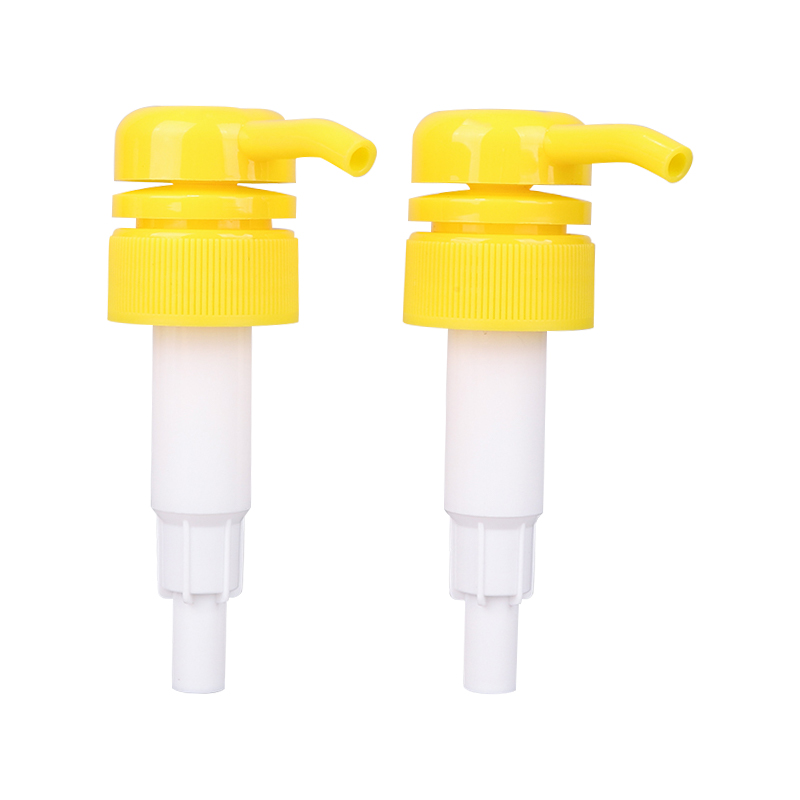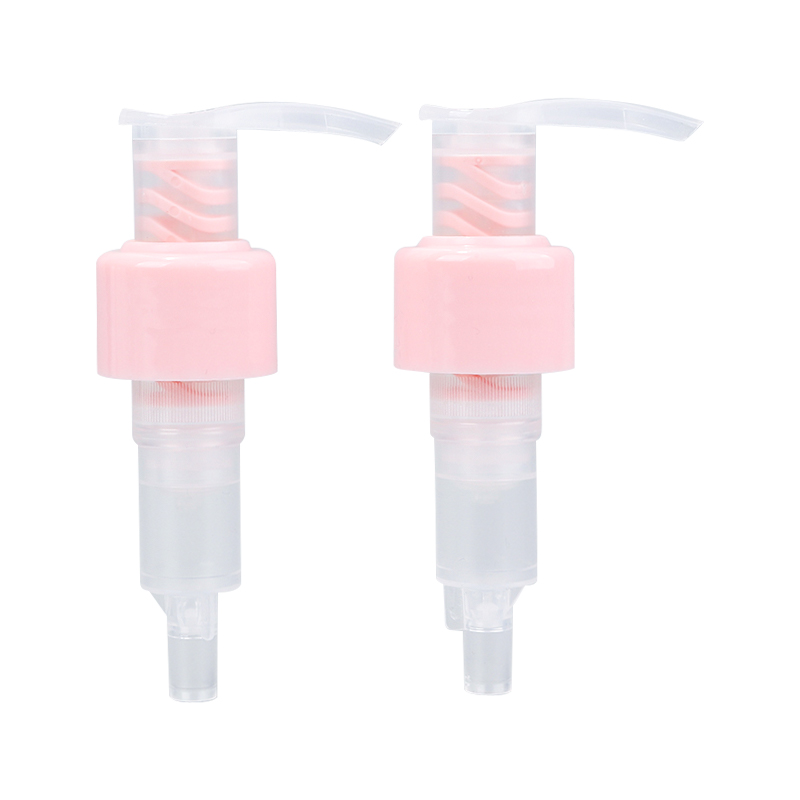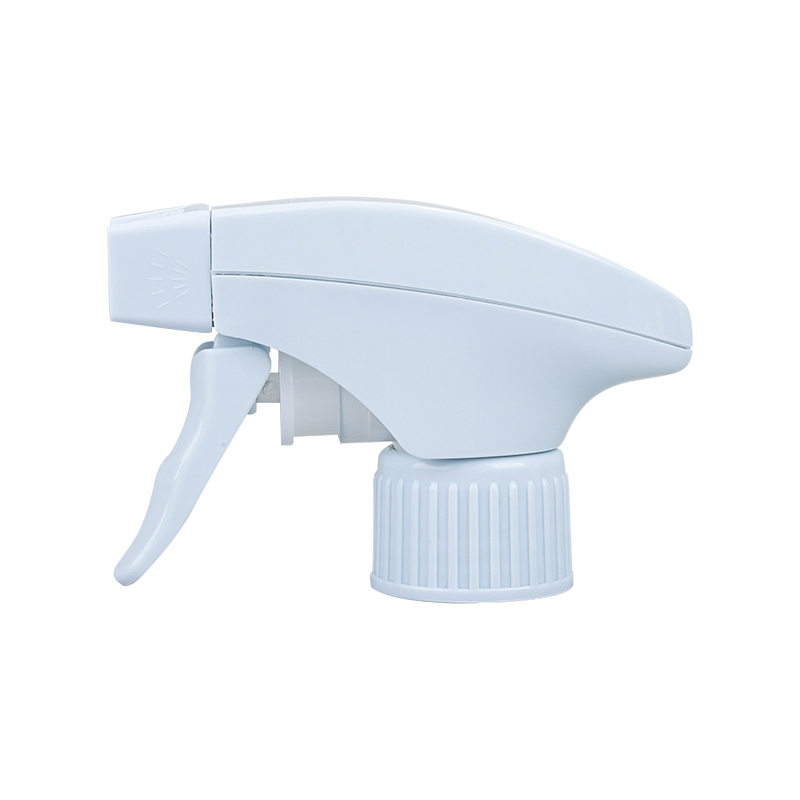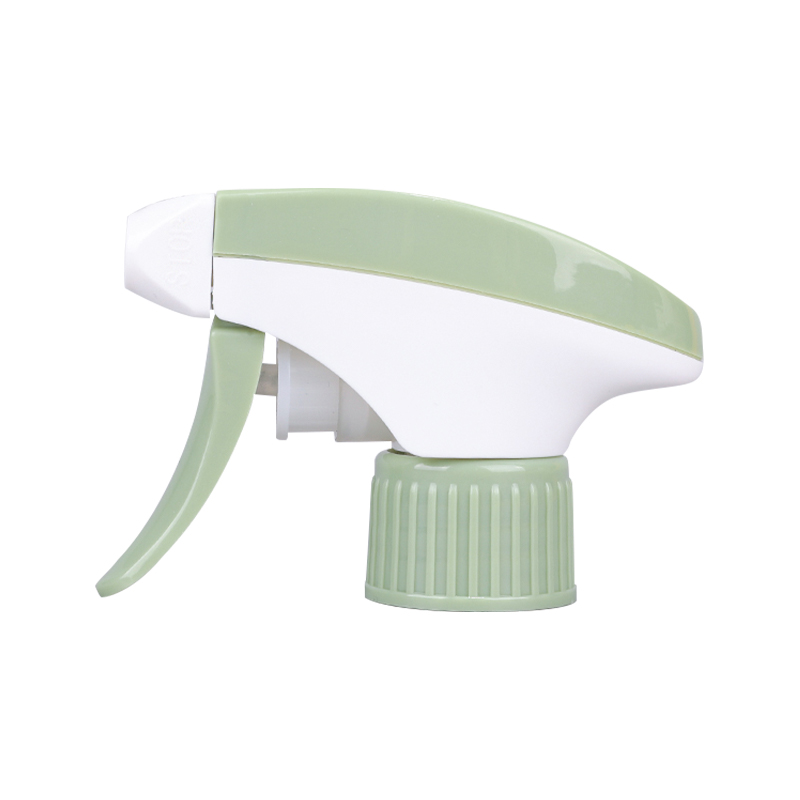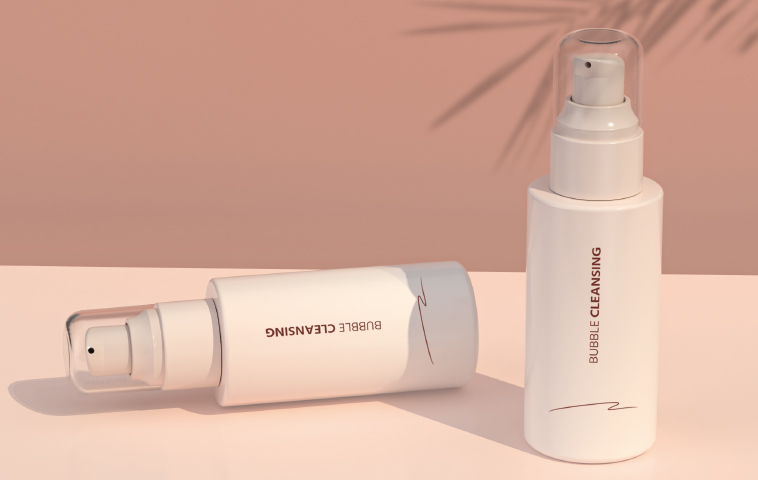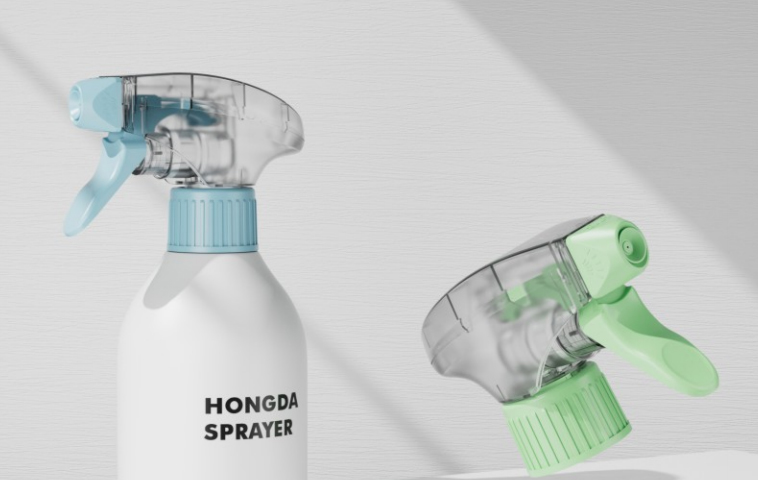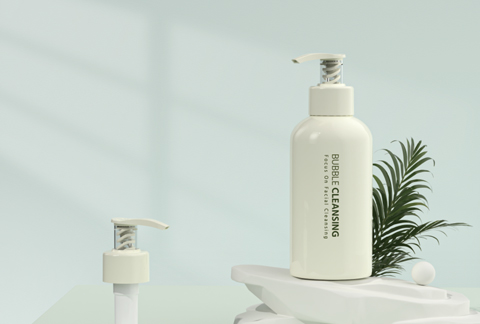The Foaming Trigger Sprayer is specifically designed to turn liquid cleaning agents into a thick, stable foam. This transformation allows the foam to cling to surfaces better than traditional liquid sprays. Because foam is thicker, it is less likely to drip or run off, providing enhanced coverage on vertical or uneven surfaces such as walls, countertops, and tiles. The foam stays in place longer, allowing the cleaning solution to work more effectively on stubborn dirt, grease, or stains. This longer dwell time means that users can cover a larger surface area without needing to reapply the solution multiple times, significantly reducing the amount of product used. Additionally, the foam's stability minimizes wastage by preventing runoff and ensuring the solution stays where it's most needed.
The unique foaming action of the sprayer ensures that cleaning agents are dispensed in a thick, controlled form. This higher viscosity allows the foam to be used more efficiently compared to traditional liquid sprays. When foam is applied, it directly adheres to the surface and is more concentrated, meaning that users don’t need to apply as much product to achieve a desired effect. Unlike a mist that disperses widely and may land on areas that don't require cleaning, the foam is strategically placed exactly where it’s needed. This precise application ensures that less cleaning solution is used overall while still achieving a high level of effectiveness. The result is a more economical use of cleaning agents, especially for large cleaning jobs.
One of the key benefits of foam is its ability to cling to surfaces. Foaming Trigger Sprayers create a foam that adheres more effectively to both horizontal and vertical surfaces, even in areas that are rough or textured. The foam’s cling factor allows the cleaning agent to stay on the surface longer, ensuring that it has time to break down grease, grime, soap scum, or stains. For instance, when cleaning a greasy stovetop, foam adheres to the surface, allowing the cleaning solution to work without dripping off, which would otherwise result in wasting solution. By allowing the foam to remain in place for a longer period, less cleaning solution is required, as the product doesn’t need to be reapplied frequently to maintain its effectiveness.
The foam produced by the Foaming Trigger Sprayer is designed to provide a layer of cleaning solution that traps dirt and debris, lifting it from the surface to be wiped away. This foam barrier makes it easier to clean larger areas with minimal product. For example, when tackling an area with persistent grease stains, the foam penetrates the stain, loosening and lifting dirt, which reduces the need for multiple passes over the same area. Since foam typically requires less agitation than liquid spray, it is a more efficient means of cleaning, especially when dealing with large or high-contact surfaces. The added efficiency not only reduces the cleaning solution required but also shortens the time spent on cleaning tasks.
One of the main advantages of foam over traditional spray is its ability to remain in place for longer periods, which leads to reduced reapplication. In high-contact areas such as kitchens, bathrooms, and floors, constant reapplication of cleaning solution can quickly add up, leading to wasted product. However, foam has superior adhesion, so once it is applied, it stays in place longer, allowing the cleaning agent to work on the surface. As a result, users don’t need to reapply the product every time they encounter a particularly stubborn stain or high-traffic area. This significantly reduces the amount of cleaning solution needed, making the cleaning process more cost-effective and efficient.
Heavy-duty cleaning tasks, such as removing grease in kitchens or tackling soap scum in bathrooms, often require the use of a large amount of cleaning solution to be effective. However, when using a Foaming Trigger Sprayer, the foam’s ability to stick to and cover difficult surfaces reduces the amount of product needed. For example, when cleaning a greasy oven, foam clings to the greasy surface, allowing the cleaning agent to penetrate the grease and break it down more effectively. This concentrated application minimizes the need for large volumes of cleaning agent, as the foam provides prolonged exposure and superior coverage compared to liquid spray. It’s especially beneficial when tackling tough, sticky, or highly contaminated surfaces that require extended interaction with the cleaning solution.

 English
English русский
русский Français
Français Español
Español italiano
italiano